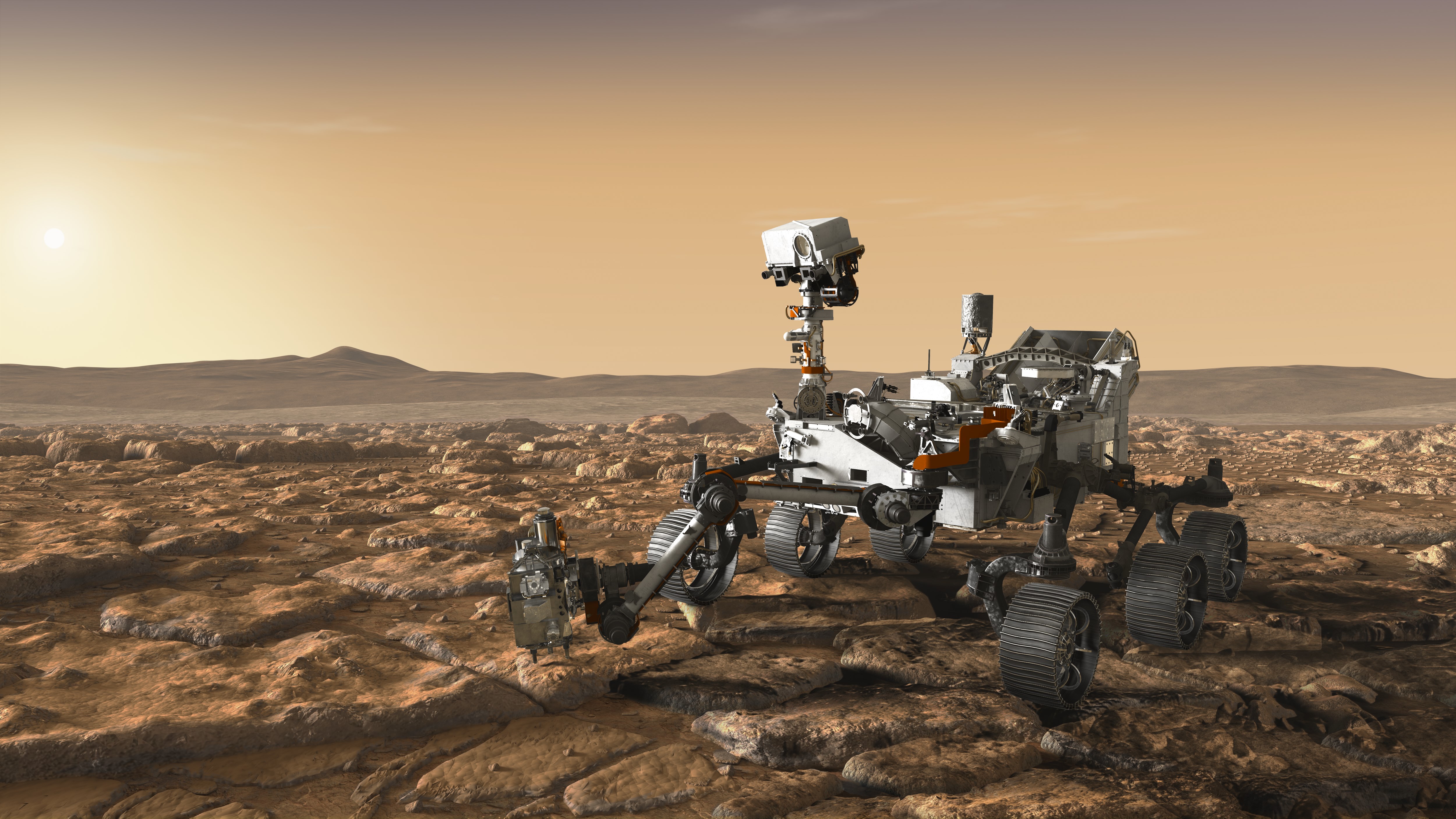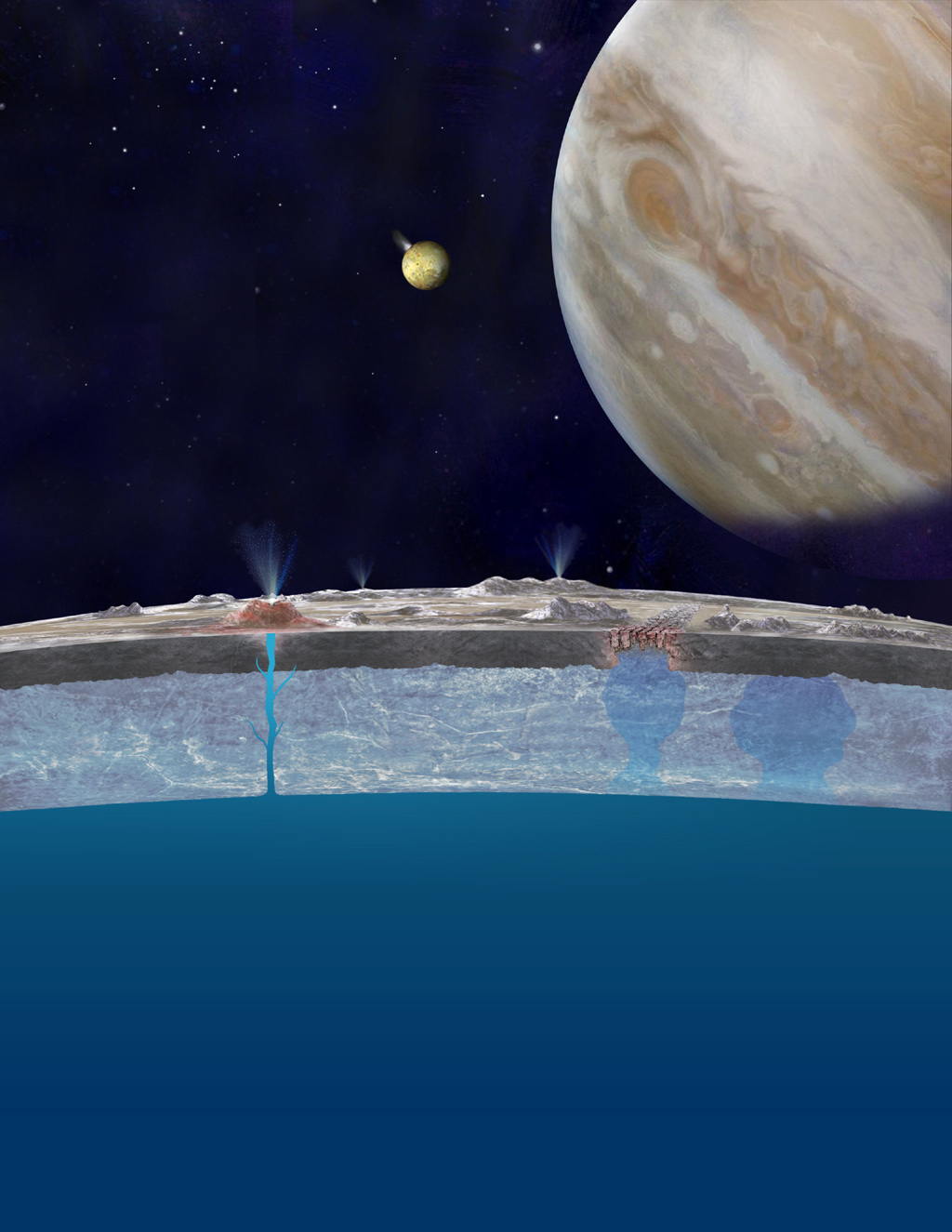Listen to Episode 26 on PodBean, Spotify, YouTube, or that other place you get podcasts!
This episode is unique. In fact, it is really out of this world (okay, that’s the only bad joke, promise). We examine the scientific field of astrobiology – life among the stars – barely scratching the surface of this fascinating and still growing field of study.
In the news
New Ancient Population of Native Americans
DNA from the remains of an ancient infant from Alaska shows that she belonged to a previously undiscovered population of North American people. [Link]
Baby Woolly Rhino is Put Back Together
A frozen baby woolly rhino discovered in 2014 in Siberia has now been restored, showing how it may have looked while alive. [Link]
A New Type of Dinosaur Tissue
Examining the bones of birds and other dinosaurs has revealed a type of bone tissue that only appears next to air sacs – a new clue to dinosaur respiration. [Link]
A Universal Cell-Growth Mechanism
In a possible case of extreme convergent evolution, all three major groups of life share the same mechanism to regulate their cell size. [Link]
What is Astrobiology?
“Astrobiology is the study of the origins, evolution, distribution, and future of life in the universe.” – NASA Astrobiology Institute

The focus of this particular field of science is to answer such unique questions as: How does life begin and evolve? Is there life elsewhere in the universe? What does this mean for the future of life on Earth and beyond?

To answer such complex questions, the people who study this subject turn to many different sciences and techniques, from biology to astronomy, paleontology to chemistry, and more. This includes direct approaches such as searching and observing other planets to look for evidence of life, as well as more subtle techniques like investigating the early history and origins of life here on our own planet.
The Search
There have been numerous NASA missions that have aided in the search for life on other planets, as well as few that were specifically looking for life.

Direct missions to other planets include both probes and rovers, the most recent being Curiosity, which has the mission of identifying whether or not Mars could have once been habitable to life.

There are also plenty of alternate approaches in the search for life. One of these is SETI (Search for Extra-Terrestrial Intelligence), an organization with the mission to listen for alien transmissions using radio telescopes. Though the chances are extremely low that we will catch an extraterrestrial radio show – check out the famous Drake Equation to see why – they continue to listen and there is even a program in the works to start looking for artificial light given off by alien civilizations.

N = the number of broadcasting civilizations
R∗ = the average rate of star formation in our galaxy
fp = the fraction of stars that have planets
ne = the average # of these planets that can potentially support life
fl = the fraction of those planets that actually develop life
fi = the fraction of these planets on which intelligent life develops
fc = the fraction of these civilizations that develop communications
L = the length of time that such civilizations release detectable signals
Another famous endeavor searching for potential locations of alien life is the Kepler Mission. The Kepler space telescope currently orbits Earth while aimed at a single point in space searching for planets orbiting other stars. Exoplanets have only been a scientific fact for just over 20 years, and in that time Kepler has discovered over 2,000 planets in other solar systems. Future missions plan to continue this search.

So far the two bodies getting the most attention in our solar system are Mars and Jupiter’s moon, Europa. Both have evidence of containing liquid water, which is a key feature for astrobiologists since it is one of the few things that all life on Earth seems to truly need to survive.

Closer to Home
Astrobiology here on Earth tends to focus on what habitats can support life, and how the only known life in the universe (so far) got started. Extremophile microbes are prime indicators of what the limits of life might be. These hardy organisms specialize in living in very harsh environments, and can even form the basis of ecosystems devoid of sunlight (such as hydrothermal vents and caves). These give us clues as to where life can persist, and perhaps where it originated.

Origin of Life
Some of the biggest questions in astrobiological research deal with how life began on Earth and how inanimate molecules can lead to life. This is known as abiogenesis, or the natural process by which life arises from non-living mater. How this happens is still being studied.
Studies on this subject look to answer how organic molecules form in nature, and how they can come together to form biological structures. Meanwhile, paleontologists search the fossil record for remains of early life, the most ancient of which (so far) are stromatolites dating back 3.5 billion year. There is much-contested potential evidence of life going back at least 3.8 billion years, and maybe more.

Of course, the question of life’s origin is complicated by the question of what exactly defines life.
For More Info
This is a huge subject! If you want to hear more along these lines in the vein of paleontology and evolution, let us know!
You can also check out these other podcasts that focus more on these sorts of topics:
The Ask An Astrobiologist Show – NASA Astrobiology Institute
BlueSciCon – Blue Marble Space Institute
Big Picture Science – SETI
If you’d like to read more about astrobiology you can also take a look at the Astrobiology Magazine.
—
If you enjoyed this topic and want more like it, check out these related episodes:
We also invite you to follow us on Twitter, Facebook, or Instagram, buy merch at our Zazzle store, join our Discord server, or consider supporting us with a one-time PayPal donation or on Patreon to get bonus recordings and other goodies!
Please feel free to contact us with comments, questions, or topic suggestions, and to rate and review us on iTunes!
I got to see a presentation from Prof. Potter of the Beringian study. Very cool. Also it is Tan-ah-nah Valley.
LikeLiked by 1 person
That is very cool. And thanks, we’ll make a note in case it comes up again some day.
LikeLike